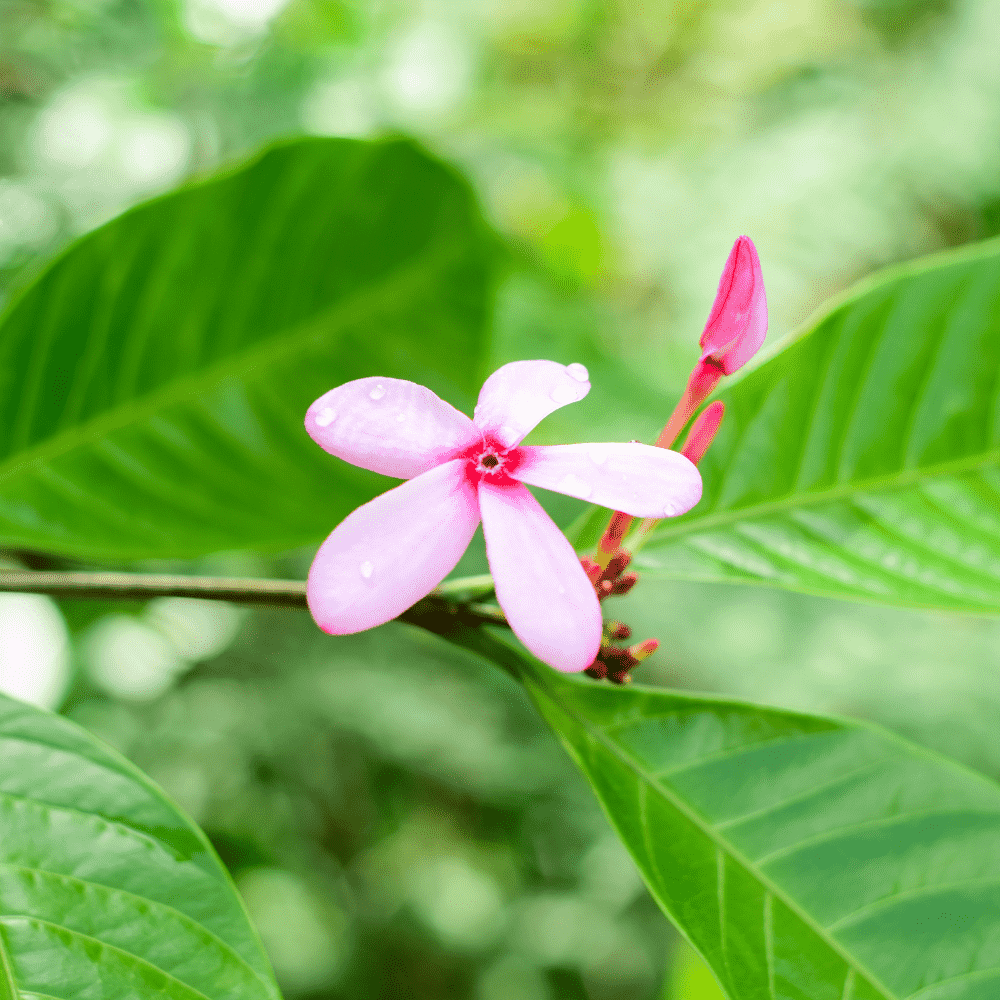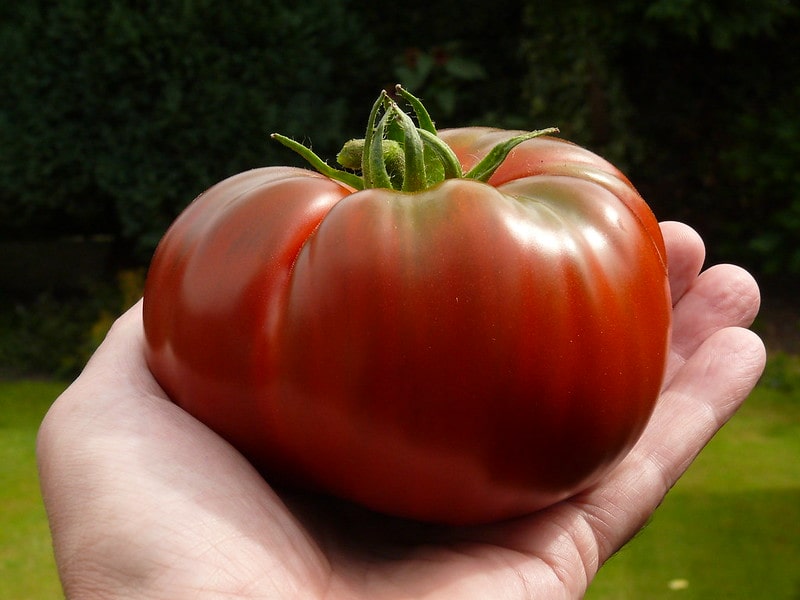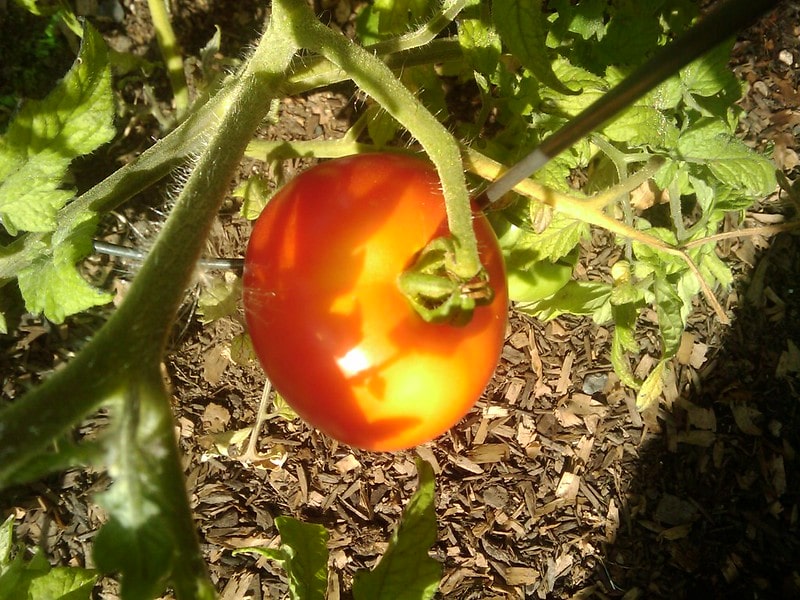Clusia is a versatile and resilient genus of tropical evergreen shrubs, vines, and trees. Known for their leathery, latex-rich leaves and hardy nature, a select few species have found their way into homes as beloved houseplants. This guide will provide an in-depth look at the care requirements for Clusia plants, ensuring they thrive in your indoor or outdoor spaces.
Varieties of Clusia

Clusia plants come in various forms, each with unique characteristics. Some popular houseplant varieties include:
Clusia rosea: Also known as the autograph tree, it is admired for its thick, waxy leaves and ease of care.
Clusia guttifera: Commonly referred to as the small-leaved Clusia, this variety is favoured for its compact growth and dense foliage.
Clusia major: Known for its larger leaves, it makes a striking statement in any room.
Light & Temperature Requirements
Light
Clusia plants are incredibly adaptable when it comes to light conditions:
Light Shade: They can survive in areas with light shade, though growth may be slower.
Bright Indirect Light: Ideal for indoor settings, providing enough light without direct sun exposure.
Full Sun: They thrive outdoors in full sun, promoting vigorous growth and health.
Adjust your watering schedule based on the light exposure to keep your Clusia plant happy.
Temperature
Clusia plants enjoy warm environments and can tolerate the typical room temperatures found in Singapore:
Optimal Temperature: 18°C to 27°C (65°F to 80°F).
Tolerance: Can withstand temperatures slightly above and below this range, but avoid extreme cold.
Watering, Humidity, & Misting
Watering
Proper watering is crucial for maintaining a healthy Clusia plant:
Frequency: Water once a week or when the top two inches of soil are dry.
Method: Ensure the soil is moist but not soggy to prevent root rot.
Adaptability: These hardy plants can endure occasional periods of less frequent watering.
Humidity
Clusia plants thrive in humid conditions:
Indoor Humidity: Regular misting is recommended, especially in air-conditioned environments.
Natural Humidity: In naturally humid areas, misting can be less frequent but still beneficial.
Misting
Frequency: Mist your Clusia plant 2-3 times a week to maintain humidity levels.
Technique: Use a spray bottle to evenly mist the leaves, avoiding waterlogged soil.
Soil and Repotting
Soil
Clusia plants prefer dry, well-draining soil:
Composition: Use a mix of peat, perlite, and sand to create an ideal growing medium.
Drainage: Ensure the pot has adequate drainage holes to prevent waterlogging.
Repotting
Regular repotting helps maintain plant health:
Frequency: Repot every 2-3 years.
Pot Size: Gradually size up the pot to accommodate growing roots.
Procedure: Carefully remove the plant, trim any dead roots, and place it in fresh soil.
Propagation
Clusia plants are easy to propagate, making them perfect for expanding your collection or sharing with friends:
Steps for Propagation
1. Select a Cutting: Choose a healthy stem, 10-15cm long, with several leaves.
2. Prepare the Cutting: Remove the lower leaves to expose the stem.
3. Rooting: Place the cutting in water or a potting mix of peat, perlite, and sand.
4. Care: Keep the cutting in bright, indirect light and maintain moisture until roots develop.
Fertilization
Fertilizing your Clusia plant promotes healthy growth:
Type: Use a balanced, water-soluble fertilizer formulated for houseplants.
Frequency: Apply fertilizer every 4-6 weeks during the growing season (spring and summer).
Application: Follow the instructions on the fertilizer label for optimal results.
Toxicity
It is important to be aware of the potential toxicity of Clusia plants:
Sap: The sap is toxic if ingested and can cause irritation.
Safety Measures: Keep Clusia plants out of reach of children and pets to prevent accidental ingestion.
Common Issues and Solutions
Even with the best care, Clusia plants can encounter problems. Here are some common issues and their solutions:
Yellow Leaves
Cause: Typically a sign of overwatering.
Solution: Reduce watering frequency, check for root rot, and replace soil if necessary.
Mould on Soil
Cause: Soil not drying quickly enough and poor light conditions.
Solution: Improve soil aeration with ventilation holes, increase light exposure, and consider using a fungicide if necessary.
Dropping Leaves
Cause: Often occurs after repotting or environmental changes.
Solution: Allow the plant time to acclimate. It should stabilize and regrow leaves quickly.
Conclusion
Caring for Clusia plants can be a rewarding experience, given their adaptability and resilience. By following the guidelines provided, you can ensure your Clusia plant remains healthy and vibrant. Here’s a quick recap:
With these care tips and being mindful of potential issues, your Clusia plant will thrive, adding a touch of tropical beauty to your home. Happy gardening!



